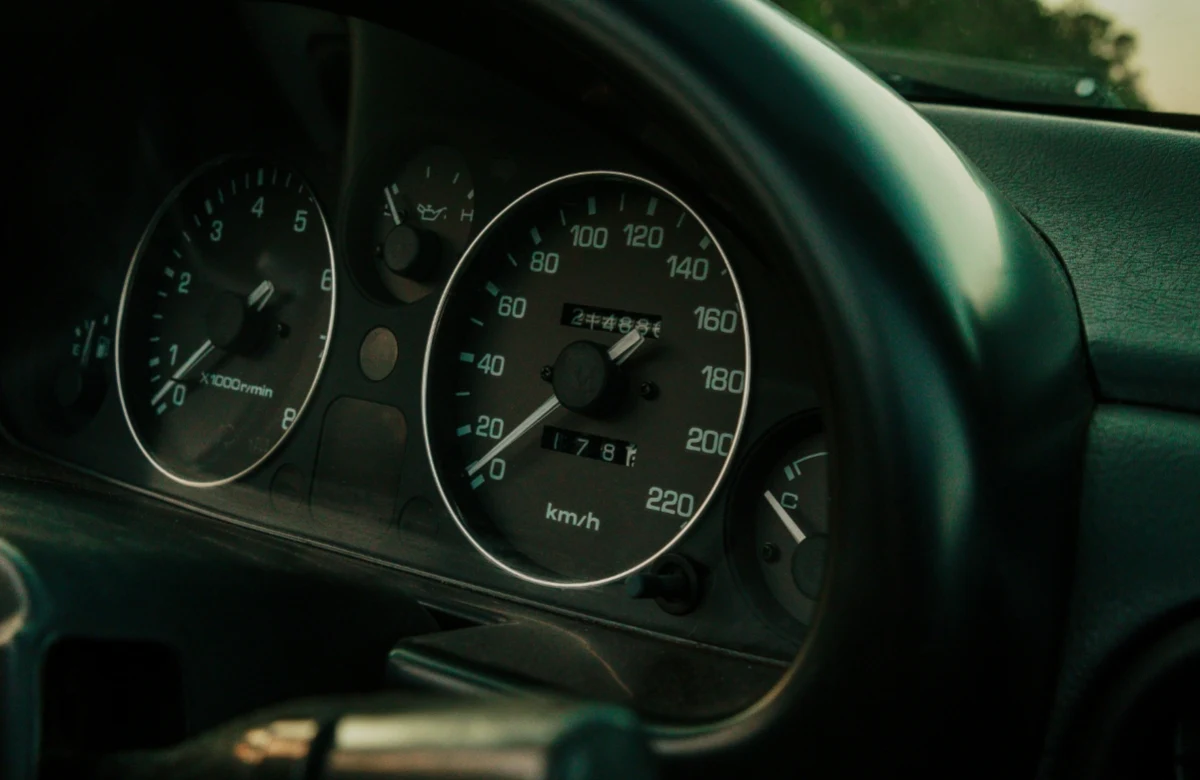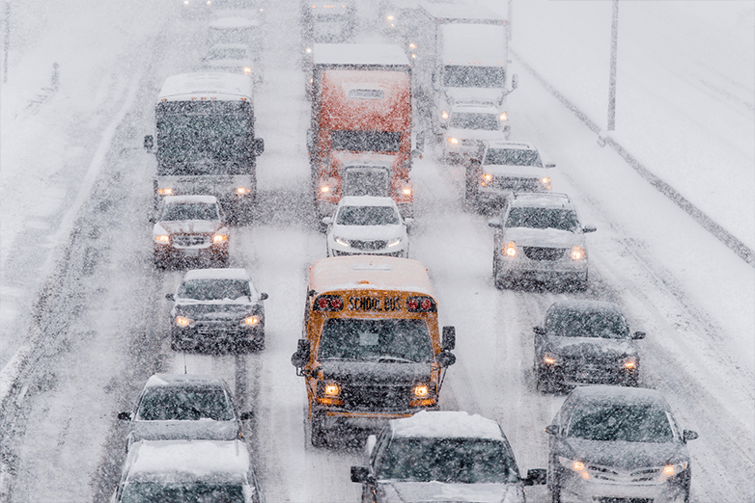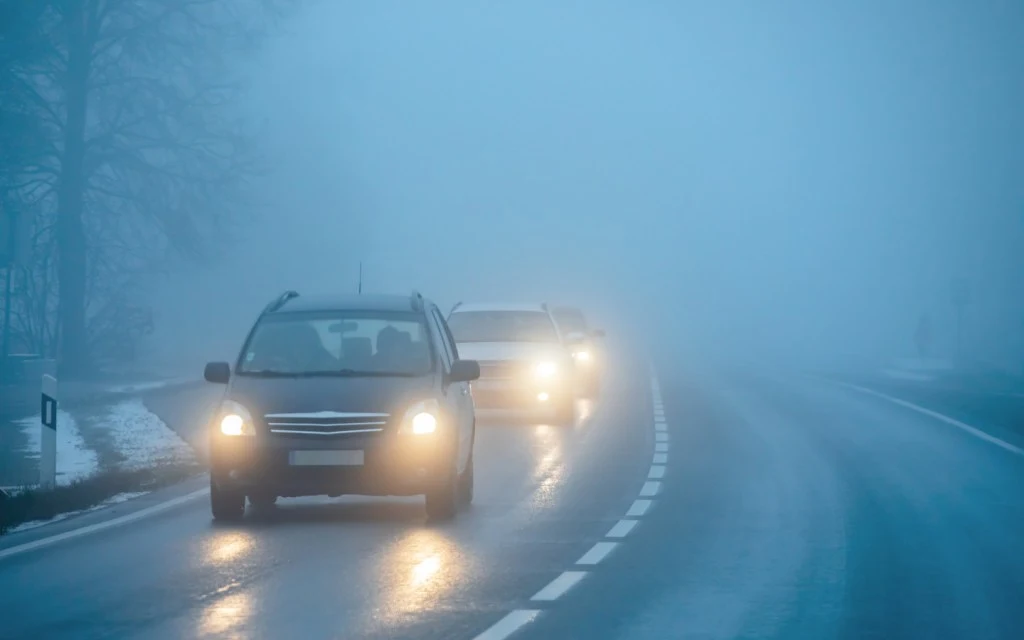California Basic Speed Law: Stay Safe and Avoid the Ticket Trap
If you are also driving your vehicle in a California city and you are thinking of increasing the speed of your vehicle further after seeing the open road, then before you increase your speedometer beyond the posted limit, you should Be sure to remember the “California Basic Speed Law.” This important rule isn't just about avoiding speeding tickets; It's about ensuring the safety of everyone on our Golden State highways.
What is the California Basic Speed Law?
In short, the California Basic Speed Law (Vehicle Code Section 22350) states that you cannot drive faster than is reasonable or prudent" for the current conditions.This means that even if you are driving 70 mph on a road where the posted speed is 70 mph may be considered a violation for driving at that speed during heavy rain or fog.
The Meaning of California Basic Speed Law
The Basic Speed Law goes beyond posted speed limits. It takes into account a variety of factors to determine what constitutes a safe speed, including:
- Weather: Rain, fog, snow, and even strong winds can significantly reduce visibility and make it dangerous to drive at high speeds.
- Traffic: Heavy traffic, especially on winding roads, requires slower speeds to avoid accidents.
- Road conditions: Potholes, uneven surfaces, and construction zones necessitate caution and reduced speed.
- Visibility: Poor visibility due to darkness or other factors requires extra vigilance and slower driving.
- Vehicle type: Motorcycles and other vehicles may require different speeds for safe operation compared to cars.
Remember, exceeding the Basic Speed Law is a traffic violation, even if you're not going above the posted limit.
Consider these factors to manage your speed effectively
- Traffic Flow: Heavy traffic? Dial it down. Weaving in and out only worsens congestion. Remember, patience is key!
- Road Conditions: Rough pavement, gravel, wet surfaces, narrow lanes? Slow down and adjust your driving style.
- Vulnerable Users: See cyclists or pedestrians near the road? Take extra caution and reduce speed.
- Weather Warriors: Rain, fog, snow, wind? Visibility drops, requiring slower speeds for safe reactions.
- Highway Hierarchy: Most California highways allow 65 mph, unless posted otherwise. Two-lane roads and vehicles towing trailers have a 55 mph limit.
Remember, exceeding the Basic Speed Law, even if under the posted limit, can lead to tickets, accidents, and higher insurance premiums.
Driving too fast for current conditions is a traffic violation
Ignoring the Basic Speed Law can lead to:
- Tickets and fines: Speeding tickets can be costly, and repeated violations can lead to license suspension.
- Accidents: Driving too fast for conditions significantly increases the risk of accidents, putting yourself and others at risk.
- Increased insurance premiums: A speeding ticket can raise your insurance rates.
The most important thing to consider when choosing your driving speed
Always consider these factors when determining a safe speed:
- The type of road: Highways typically allow higher speeds than city streets or residential areas.
- The presence of pedestrians or cyclists: Be extra cautious near crosswalks and bike lanes.
- The time of day: Visibility is often reduced at night, requiring slower speeds.
- Your own driving experience and comfort level: Don't push yourself beyond your limits.
Ultimately, the California Basic Speed Law is about personal responsibility. Choose a safe speed that allows you to react to unexpected situations and keep everyone on the road safe.
So, buckle up, stay mindful, and manage your speed for a smoother, safer journey on California's beautiful roads!




